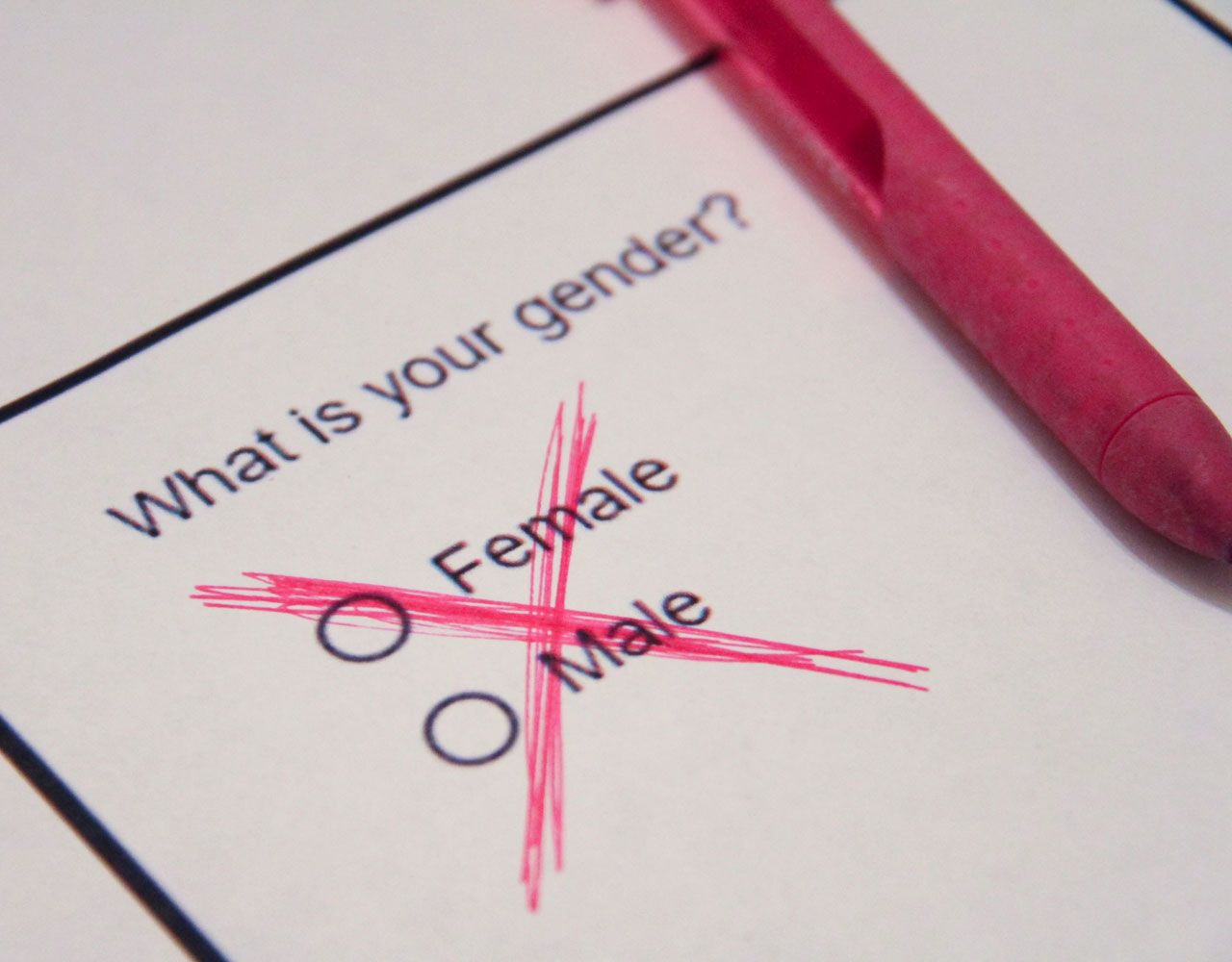In December 2017, the University of Toronto (U of T) introduced the Gender Inclusivity Initiative, where all employees are provided the option of entering ‘X’ into the university’s Human Resources information system, along with the traditional ‘M’ (male) or ‘F’ (female).
Kelly Hannah-Moffat, vice-president of human resources and equity at the U of T, said the introduction of ‘X’ “will also ensure that employees have access to the health and well-being resources they need, both within the university and with externally-provided services such as health benefit coverage.”
Additionally, the initiative allows employees to change their ‘display name’ to the name they wish to go by at work, as well as their form of address, including options such as Mr., Ms., and Mx.
The Mx. is a gender-neutral option for employees who don’t identify as either male of female.
This will give employees the same ability to change their name and gender, without legal documentation, that students at U of T have had since 2009.
This new system is in line with recent changes to provincially-issued identification standards.
In May 2017, the province of Ontario began using gender identity as the default information for employees, where before sex had been used. The change also included the addition of ‘X’ on identification when gender identity information is displayed.
Allison Burgess, sexual and gender diversity officer at the U of T, said the change is “an important way for U of T to be able to recognize, in a more formal way, that people do not identify as only ‘M’ or ‘F’, but along a spectrum of identities.”
This action particularly stands out in the wake of an incident with tenured U of T professor Jordan Peterson. In 2016, Peterson publicly declared that he would not use gendered pronouns to recognize non-binary genders, including “they,” “ze,” or “zir.”
Samuel Richardson, the administrative co-ordinator of Carleton University’s Gender and Sexuality Resource Centre, said “inclusivity is always important to show that the institution respects and acknowledges [non-binary] individuals.”
He said the system at the U of T is a step that other schools should take.
In 2015, Carleton University added the “Preferred First Name” subsection its Change of Name Policy. This subsection allows members of the institution to use a name other than their legal first name to identify themselves.
While beneficial in theory, Richardson said, “while Carleton has a Preferred Name Policy, it has significant systemic errors which still leave many students in the cracks.”
He said Carleton still has “a very long way to go” before the university could implement a program on par with that of U of T’s.
Photo by Meagan Casalino






